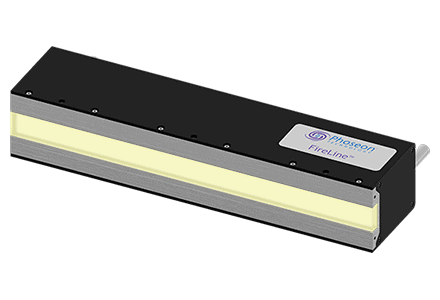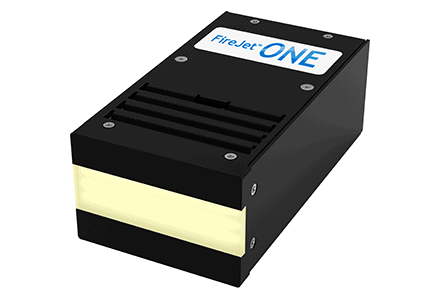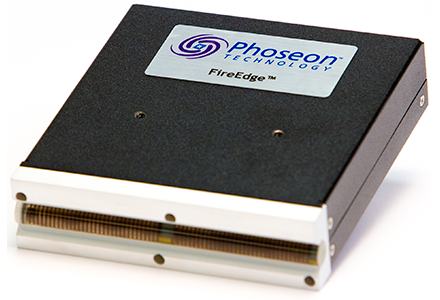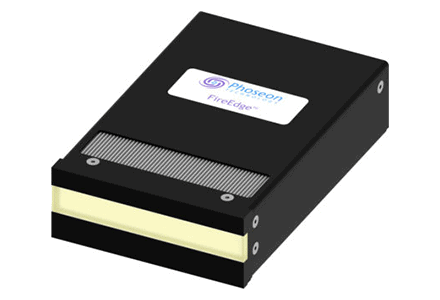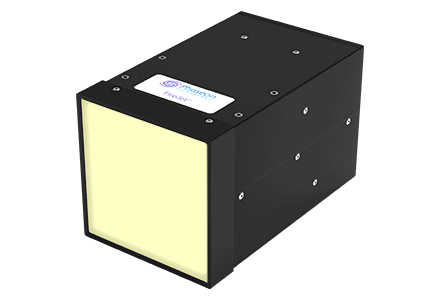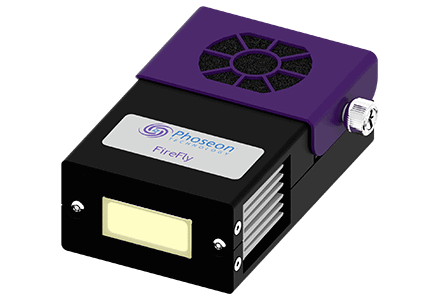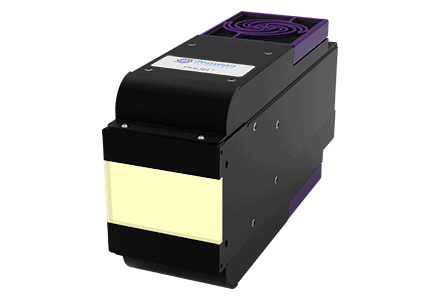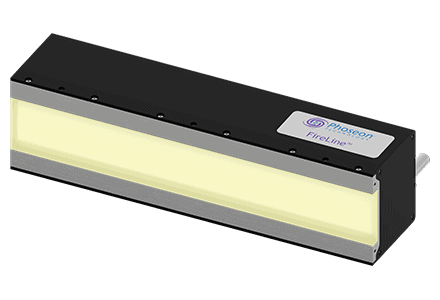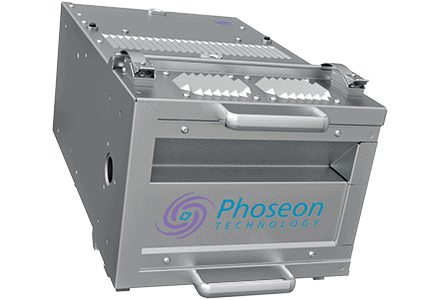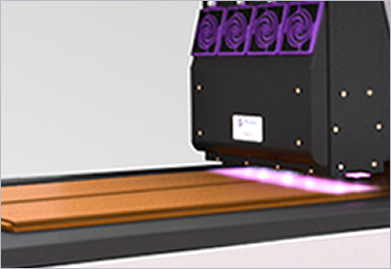
Applications
UV LED curing solutions are being utilized in the coating industry because they offer lower operating costs, enhanced system capabilities due to being a solid-state device, and environmental benefits of safer workplace environment and no hazardous materials. UV LED technology drastically reduces energy consumption and significantly reduces work-piece surface temperature. Machines can be made more compact due to small form factor; speed can be increased due to consistent UV output; and the diffuse nature of UV LED light can be used to more effectively cure shaped surfaces which previously required multiple lamps at various angles. UV curable coating applications include: wood and vinyl, automotive, musical instruments, fixtures and many others.
- Wood
- Electronics
- Automotive
- Manufacturing/Assembly
- Fiber & Wire
Wood
UV LED curing technology is utilized in the wood coatings industry for applications such as edge coating, roller coating and digital printing. UV LED technology drastically reduces energy consumption and significantly reduces work-piece surface temperature.
Electronics
UV LED curing technology is ideally suited for electronic assembly applications. The unique combination of high-energy UV LED sources with the appropriate coatings provides increased productivity, while also providing the ability to cure heat sensitive materials.
Manufacturing/Assembly
Countless manufacturing processes make use of the benefits of UV LED curing. Applications range from manual curing of the adhesives used during sub-component assembly, to high speed curing of coatings and colorings of the finished products.
Automotive
UV curing has been used for years in several areas of the automotive production process. UV provides near-instant curing of functional and decorative coatings. And the lightweight materials used in today’s automobiles benefit from the low temperatures enabled by UV LED technology.
Fiber & Wire
Phoseon’s UV LED fiber curing systems offer many benefits for curing fiber and wire applications, including optical fiber, electrical and structural wire, and threads for smart fabrics. Phoseon offers complete UV LED systems that bring many advantages and benefits such as, fast and more consistent results around the full diameter of the fiber and wire, reduced operation costs, higher yield, and energy savings up to 70% over the more traditional UV or arc light curing.
